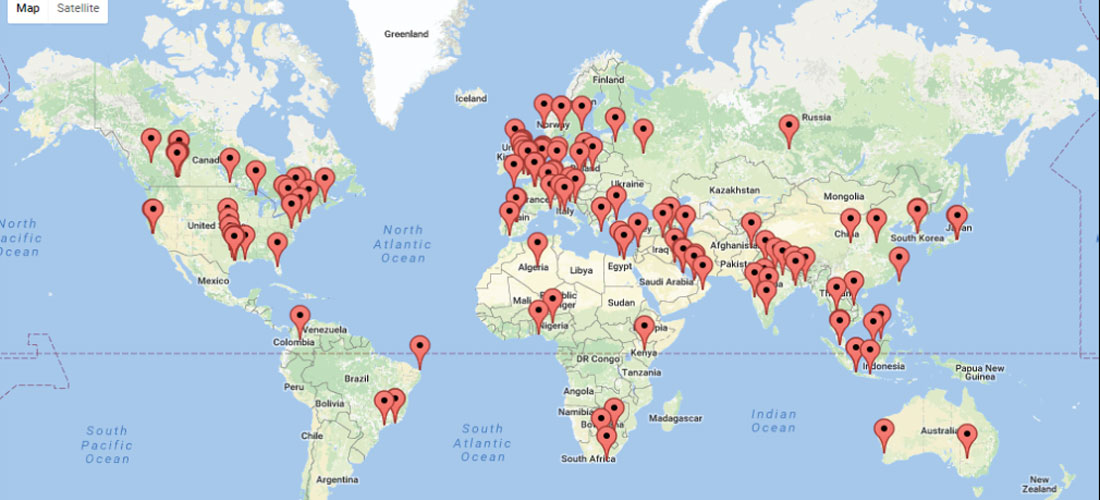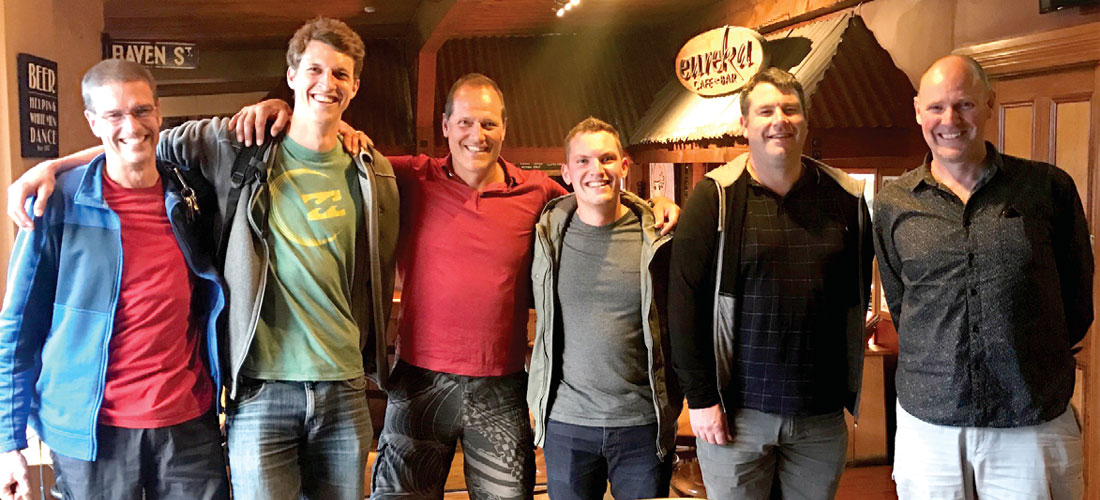Your CSEG Board has four themes that they are working on as part of the CSEG’s short and long term strategies. They are:
- Financial Health of the CSEG
- Member Value
- Promotion of the profession
- Position of the CSEG as a professional society
When I committed to run for VP – President elect I promised that I would work towards a zero-deficit budget and would promote the value of geophysics in our industry.
In June 2016, a new committee was created to address the financial shortfall of our society. We called ourselves the New Initiatives Committee (NIC). It is a select group of individuals that have been successful in their own right and had the courage to work together to provide new revenue sources for our society at the risk of giving their fellow competitors fresh ideas. A number of ideas were discussed and dismissed, and a few, such as a digital RECORDER and website ads on the RECORDER website and our home page, to name a few, started to get some traction.
Getting some statistics on our website was one of the first steps that was initiated in consort with the Digital Media Committee (DMC). We just received some initial results that show that our webpage gets 30,000 hits a month; that is equivalent to 60% of the SEG’s web page traffic. See Figure 1.

In the second half of 2016, an opportunity came along through the University of Calgary’s Haskayne School of Business MBA marketing class. Jessica McPherson, a recent graduate of the program and a Senior Geophysicist at Cenovus, made a suggestion to her past professor, Derek Hassay. He jumped on the idea and proposed that his MBA marketing students would benefit greatly from doing a study on a “Trade Association” as part of their program. The program kicked off in January 2017 with the students talking to decision makers at over 30 operating, service, and integrated service companies in Calgary. They will be looking for ways to provide new revenue sources for the CSEG. The NIC and the CSEG Board are looking forward to talking about the results in Q2 2017.

During 2016, along with members from the Value of Integrated Geophysics (VIG) Committee, we presented the value of integrated geophysics at various society breakfasts, luncheons, and conferences. It was in Q1 2017 that I decided to take the promotion of the CSEG and the VIG theme one step further and took the VIG presentation “Geophysics: Maximizing Success in a Business Team Environment” to New Zealand. I eventually presented the paper at three locations: Pepanz (Petroleum Exploration and Production Association NZ) offices in Wellington, the University of Otago in Dunedin, and the University of Auckland in Auckland. My take-away from the NZ tour was that their oil and gas industry is suffering to the same degree as we are, with a few encouraging highlights:
- Two large offshore marine surveys were being recorded in 2017.
- Most companies were moving out of Wellington due to the earthquake safety risk.
- New reserves are needed to replace the existing fields that are over 90% depleted.
- There are changes in water velocity that create “events” on seismic data due to depth, temperature and ocean currents.
- They are looking at gas hydrates as a potential source of hydrocarbons.
- They are drilling 1-3 ODP (Offshore Drilling Program) wells to understand their continental shelf.
- Transportation and livestock create more emissions in New Zealand than the oil and gas industry.
And most importantly, if you are presenting in parts of New Zealand and an earthquake occurs, do not run outside of the building; find a table to hide under and wait till the all-clear is given.
My motivation for doing the NZ tour was also to promote my updated two-day Value of Integrated Geophysics Course “Maximizing Success Using Integrated Geophysical Solutions”. What I then found out was that New Zealand does not have an APEGA equivalent, so training time is not required as part of their annual industry activity. Therefore, promoting professional development in NZ is proving to be more difficult than I initially thought. They do however, have an annual conference.

Crisis, are we in a crisis?
The Chinese characters that make up the word crisis are “danger and opportunity”.
In these times of stress, finding new avenues to provide food for your family is a challenge.
As a member of the glass-is-half-full club, I do not have the answers to where we will all end up as an industry, but I do recognize that giving up is a “danger,” but re-imaging ourselves – trying to figure out what we do best – is an “opportunity”.
The GeoConvention has now come and gone; hopefully you had the opportunity to participate, to learn something new technically, and to grow stronger in your own personal abilities.
Stay strong, talk to your friends and family, and keep on talking and listening!
In closing, I leave you with my personal philosophy that I learned from Bishop Henry in the late 20th century:
Do your best.
Do what is right.
Treat people the way you want to be treated.
Everyone is special in some way.











Share This Column